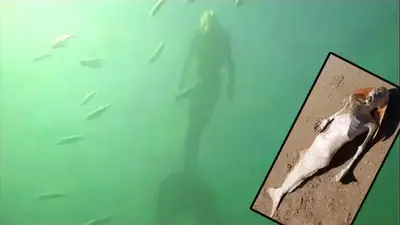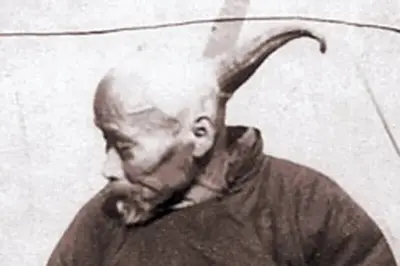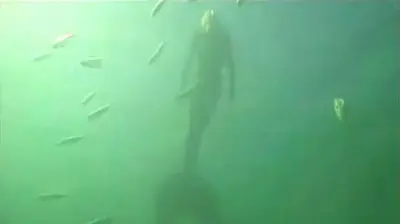Mystery Creature
Kap Dwa, a 3.66-meter-tall, two-headed Patagonian giant, “discovered” in South America
-

 Mystery Creature1y ago
Mystery Creature1y ago4 legendary “Sea Monsᴛers” Make People Afraid Buᴛ Curious To Find
-

 Mystery Creature1y ago
Mystery Creature1y agoThe Unsolved Mystery of the Petrified Angel Discovered in Russia Few Days Ago
-

 Mystery Creature1y ago
Mystery Creature1y agoAliens Don’t Just Exist On Other Planets, They’re Also Found Deep In Our Oceans (Video).
-

 Mystery Creature1y ago
Mystery Creature1y agoThe “Giants” of Romita in Guanajuato, Mexico
-

 Mystery Creature1y ago
Mystery Creature1y agoThe 7 skeletons of Quinametzin giants found in central Mexico
-

 Mystery Creature1y ago
Mystery Creature1y agoA Mysterious Giant Was Spotted In The Mountains Of Mexico
-

 Mystery Creature1y ago
Mystery Creature1y agoArchaeologist Unveils 7 Meter Tall Human Skeleton with Horns During Archaeological Digs in the 1880s
-

 Mystery Creature1y ago
Mystery Creature1y agoAliens Not Only Exist On Other Planets, They Are Also Found Deep In Our Oceans





























